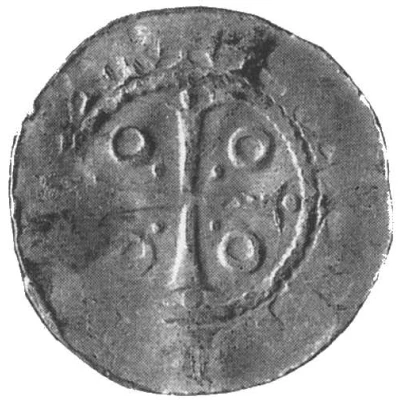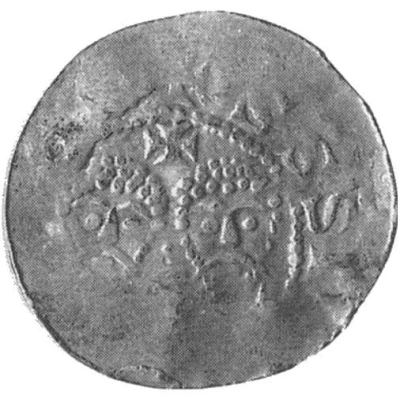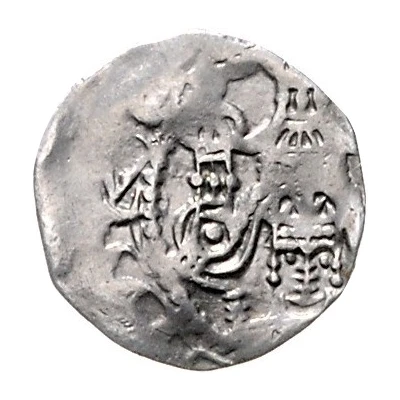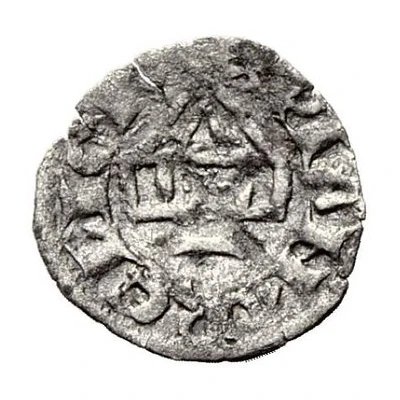


© Kluge
Obol - Henry III Goslar ND
| Silver | - | - |
| Issuer | Holy Roman Empire |
|---|---|
| Emperor | Henry III (Heinrich III) (1039-1056) |
| Type | Standard circulation coin |
| Years | 1046-1056 |
| Value | 1 Obol (½) |
| Currency | Denier (843-1385) |
| Composition | Silver |
| Shape | Round (irregular) |
| Technique | Hammered |
| Orientation | Variable alignment ↺ |
| Demonetized | Yes |
| Updated | 2024-10-05 |
| Numista | N#350767 |
|---|---|
| Rarity index | 100% |
Reverse
Bust of the two apostles under a crosslet, legend around.
Script: Latin
Lettering: + S-S SIMON S-S IVDAS
Translation: St. Simon and St. Judas.
Interesting fact
One interesting fact about the Standard circulation coin Obol - Henry III (Goslar) ND (1046-1056) from Holy Roman Empire made of Silver is that it was used as a form of currency during a time of great economic and political change in Europe. The Holy Roman Empire was a powerful and influential state that spanned across modern-day Germany, Austria, and parts of Italy, and its currency was widely used throughout its territories. The Obol coin, in particular, was a small silver coin that was valued at one-third of a denarius, and it was used for everyday transactions and commerce. Despite its small value, the Obol coin played an important role in the economy of the time and was a symbol of the power and influence of the Holy Roman Empire.



